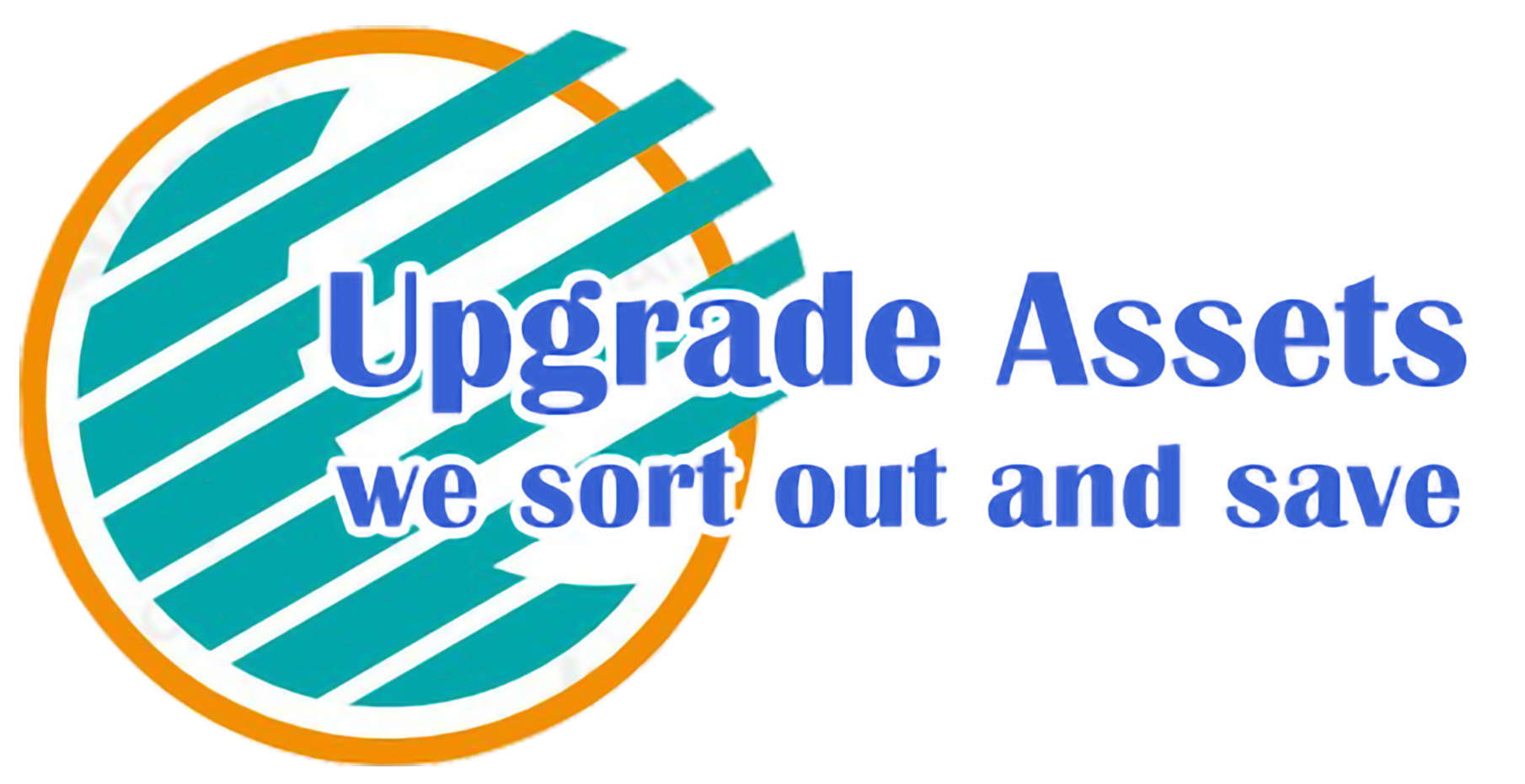Why Us
Managing and solving problems related to professional kitchen equipment requires a systematic approach to ensure safety, efficiency, and longevity. Here’s a structured guide to address these challenges:
- Scheduled Inspections: Implement a routine inspection schedule for all kitchen equipment. This helps identify issues early before they escalate.
- Cleaning Protocols: Establish and enforce regular cleaning procedures for each piece of equipment. Grease and food buildup can lead to malfunctions and health hazards.
- Calibration and Testing: Regularly calibrate equipment such as ovens, refrigerators, and thermometers to ensure accurate performance.
- Operator Training: Provide comprehensive training for kitchen staff on how to properly use and maintain equipment. This includes understanding safety protocols and recognizing signs of equipment issues.
- Manuals and Documentation: Keep equipment manuals and operating instructions easily accessible. This helps staff troubleshoot minor issues and operate equipment efficiently.
- Health and Safety Standards: Ensure all equipment meets regulatory standards for health and safety. Regularly review and update procedures to comply with local regulations.
- Emergency Shutdown Procedures: Train staff on emergency shutdown procedures for each piece of equipment to mitigate risks during malfunctions or emergencies.
- Asset Tracking: Maintain an inventory of all kitchen equipment, including purchase dates, warranties, and maintenance records. This helps in planning and budgeting for replacements or upgrades.
- Storage and Organization: Ensure equipment is stored properly and safely when not in use. This reduces the risk of damage and extends the lifespan of the equipment.
- Vendor Relationships: Establish relationships with reliable equipment suppliers and service providers. Consider service contracts for critical equipment to ensure timely repairs and minimize downtime.
- Emergency Procedures: Have contingency plans in place for equipment failures, including emergency contact information for repair services.
- Energy Efficiency: Choose energy-efficient equipment where possible to reduce operational costs and environmental impact.
- Waste Management: Properly dispose of old or damaged equipment in accordance with environmental regulations. Consider recycling options for equipment components.
- Lifecycle Planning: Develop a lifecycle management plan for equipment. This includes budgeting for replacements based on expected lifespan and usage patterns.
- Prioritization: Prioritize equipment upgrades based on criticality to operations and potential cost savings from improved efficiency.
- Staff Feedback: Encourage staff to report issues promptly and provide feedback on equipment performance. Use this information to identify recurring problems and implement improvements.
- Performance Monitoring: Implement systems to monitor equipment performance and energy consumption. This data can help identify inefficiencies and opportunities for optimization.
By implementing these strategies, professional kitchens can enhance equipment reliability, reduce operational risks, and ensure a safe and efficient working environment for staff. Regular maintenance, staff training, and proactive management are key to solving and preventing problems related to kitchen equipment.
